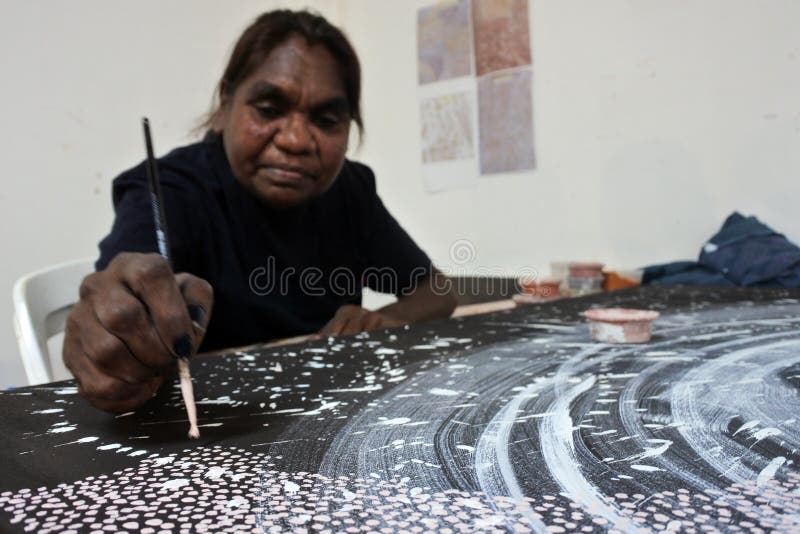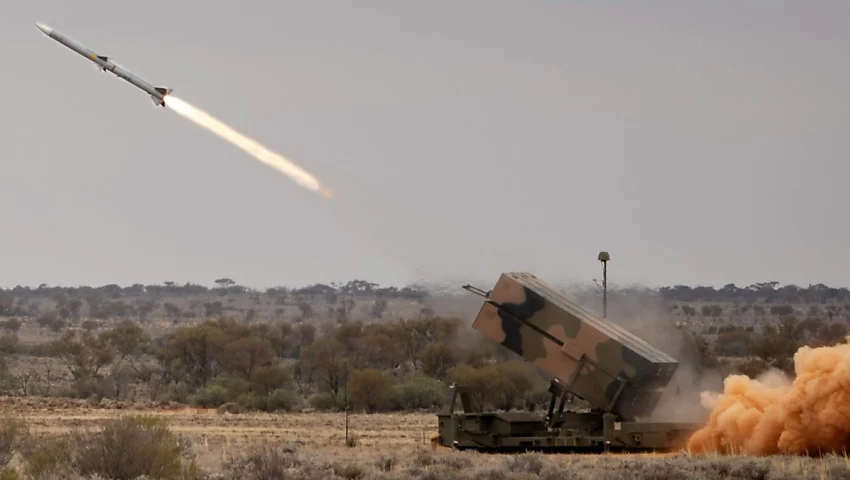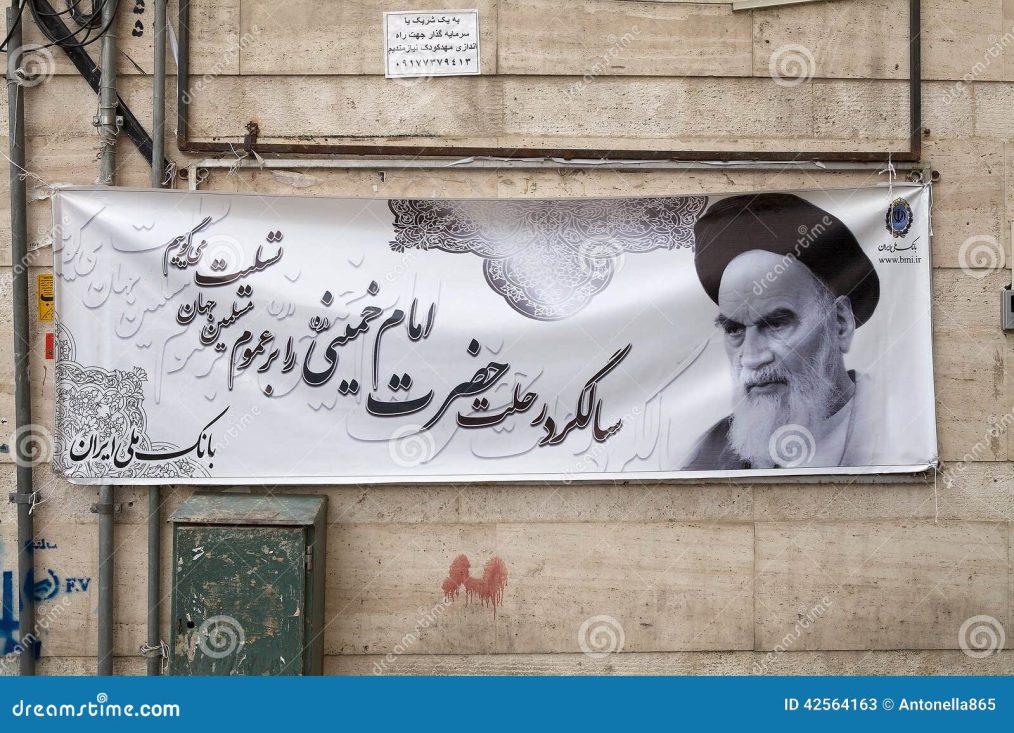ED: From my inbox.
Dot Painting was invented in 1971 by Geoffrey Bardon who then taught the Style to Aborigines. There are no Dot Paintings in Caves or on Rock Walls.
The ‘ Welcome to Country ‘ Ceremony was invented in 1976 by Ernie Dingo and Richard Walley to Welcome Māori performers as a Reciprocal gesture.
There is no Aboriginal Word for a ‘ Welcome to Country ‘ like the Māori’s Haka. How can it be an ‘Ancient Ceremony’ if there is no Word for it. How could someone say, ‘ Who’s going to Perform the ‘ Welcome to Country ‘ ceremony’?
The Acknowledgement of Country was Invented in 1990s.
The ‘ Smoking ‘ Ceremony is also a recent invention, another Ernie Dingo Special – Circa 1976. There is no Film or Video Evidence of any of these ‘ Ceremonies ‘ at important Events such as Royal Tours, Footy Finals, the 1956 Olympics etc., prior to the 1970s and 1990s.
Sometimes it is better to know the Truth, rather than have Myth’s forced down your throat.









